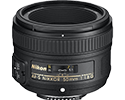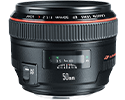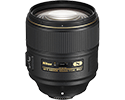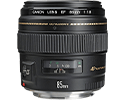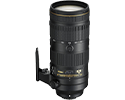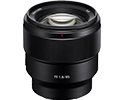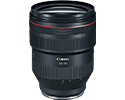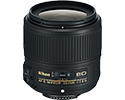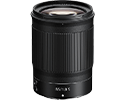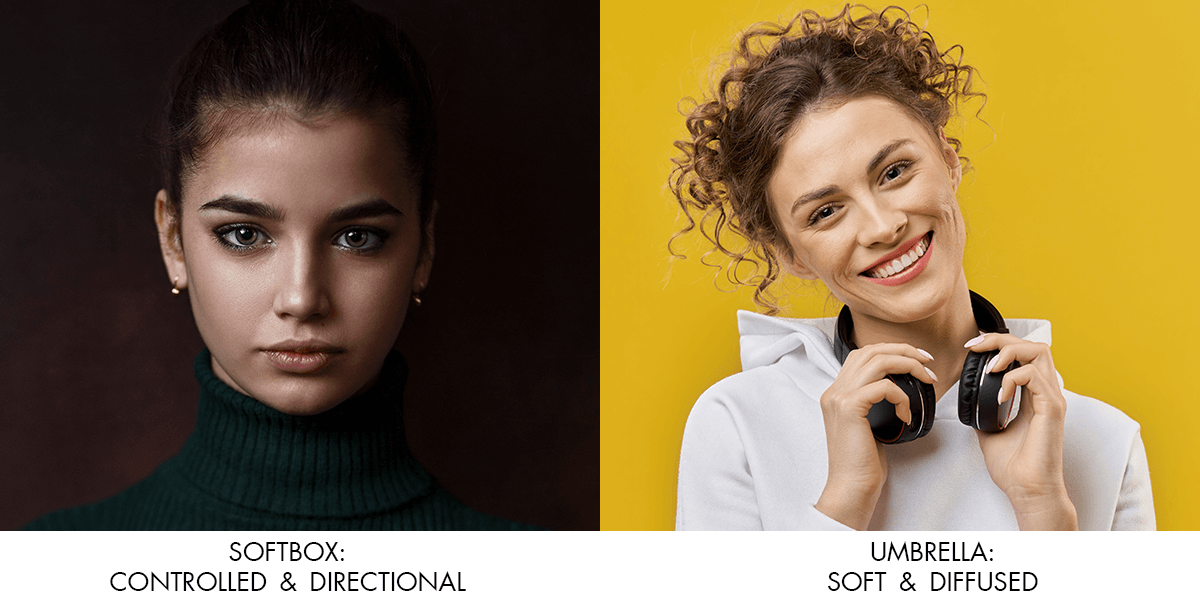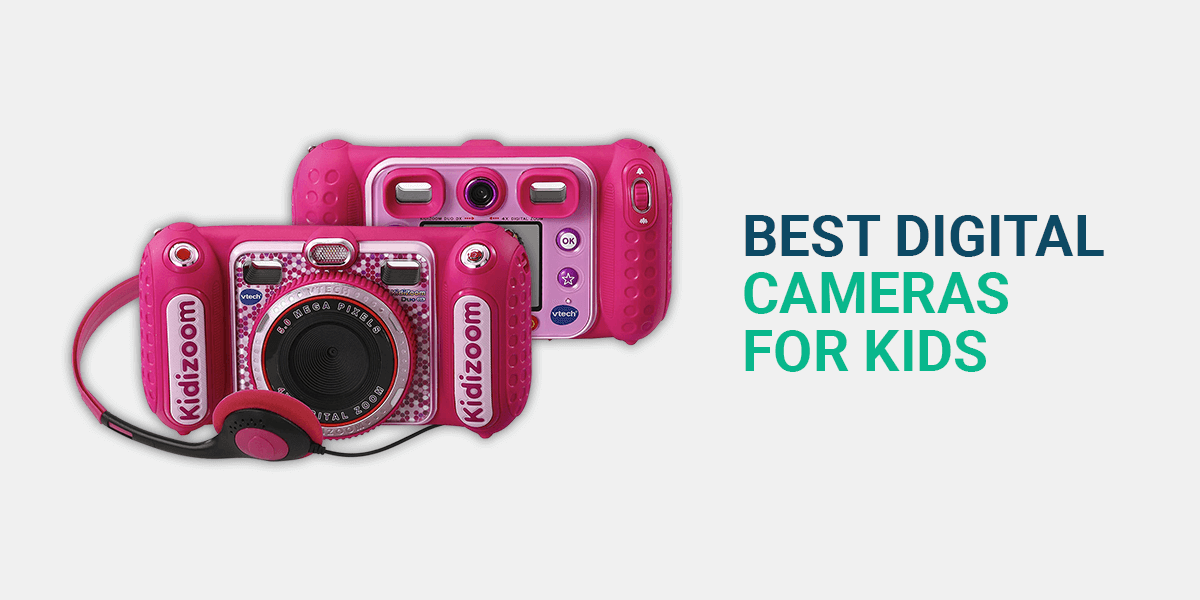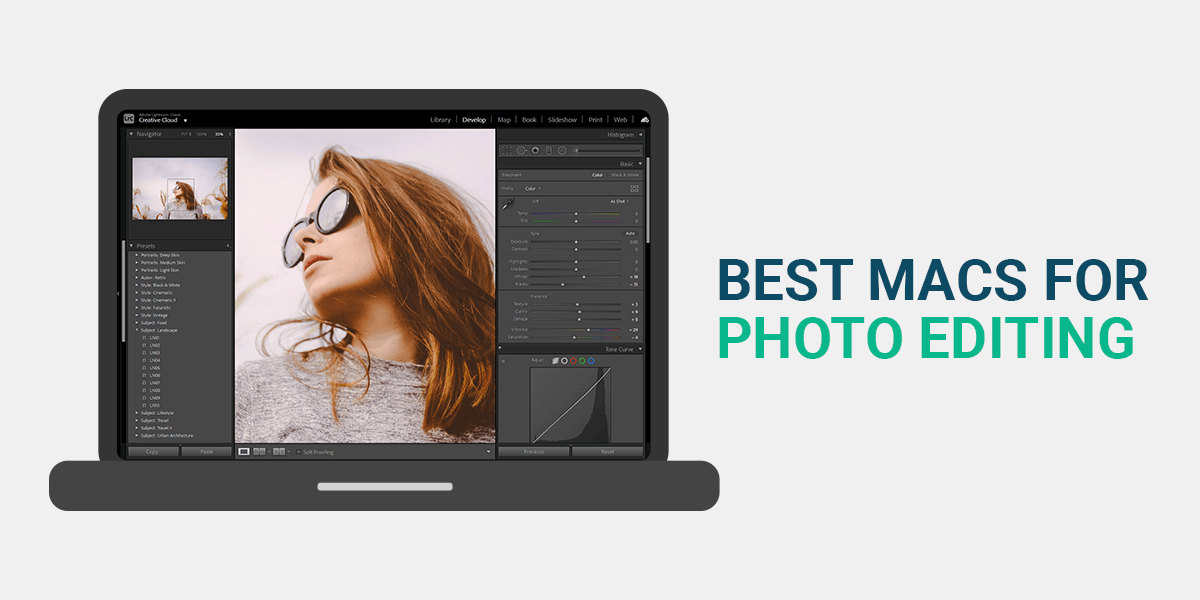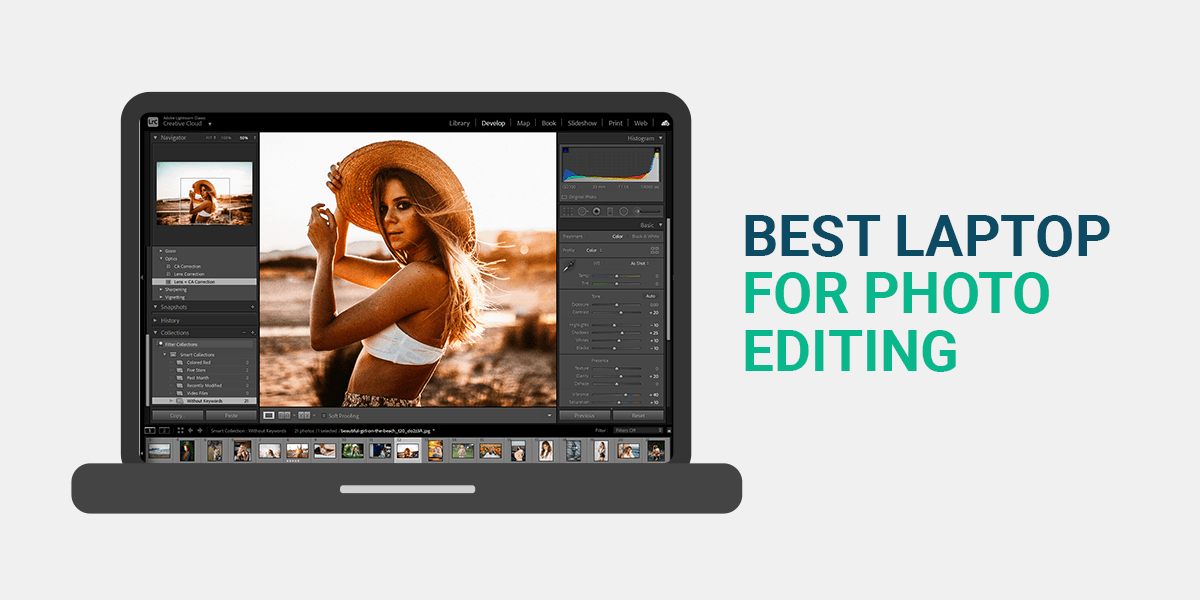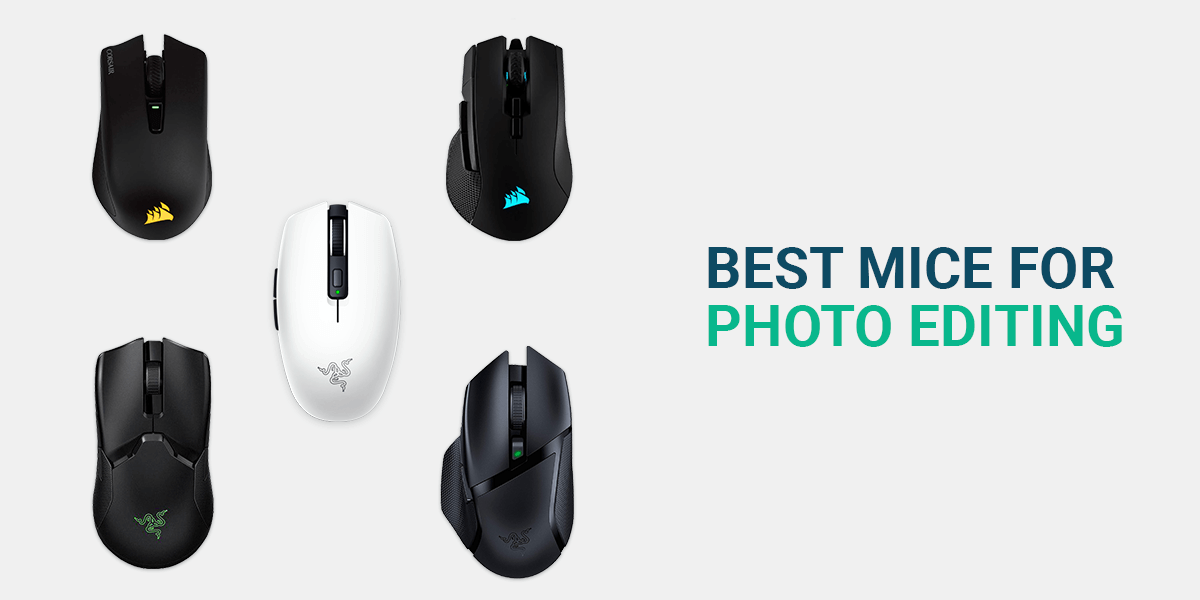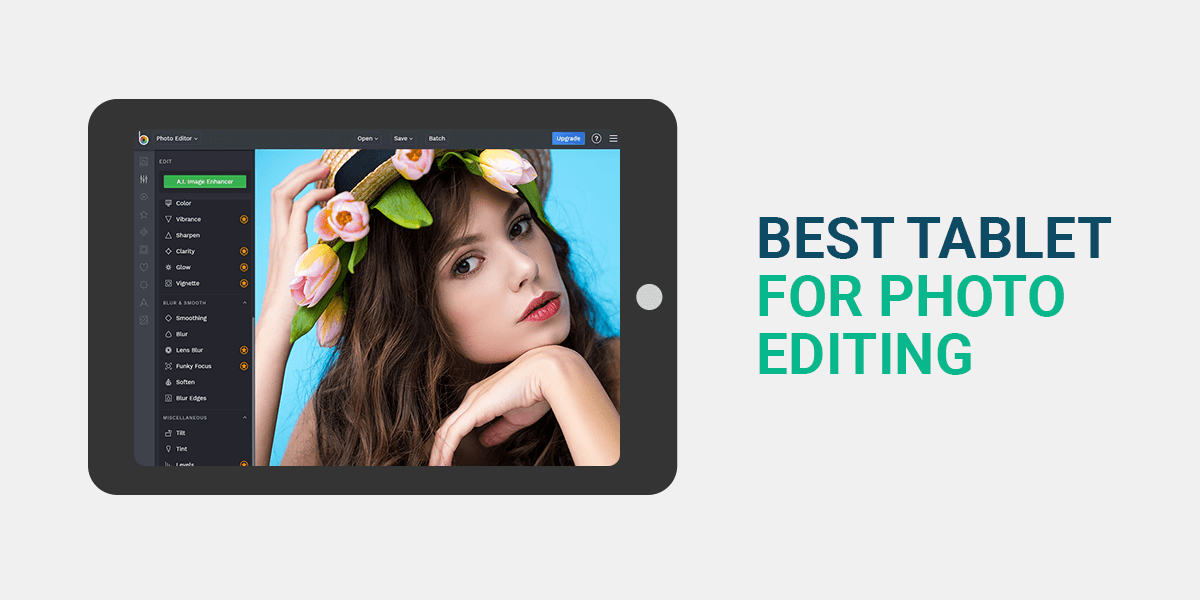- Home
- Services
- Portrait Retouching Services
- Wedding Photo Editing Services
- Color Correction Services
- Glamour Retouching Services
- Photo Retouching Services
- High End Photo Retouching Services
- Background Removal Services
- Photo Correction Services
- Photo Post Processing Services
- Photo Enhancement Services
- Photo Post Production Services
- Photo Culling Services
- Pricing
- Portfolio
- Shop
- Blog
- Login
9 Best Lenses for Portrait Photography Indoors & Outdoors
-
Juli Allen
-
December 28, 2022
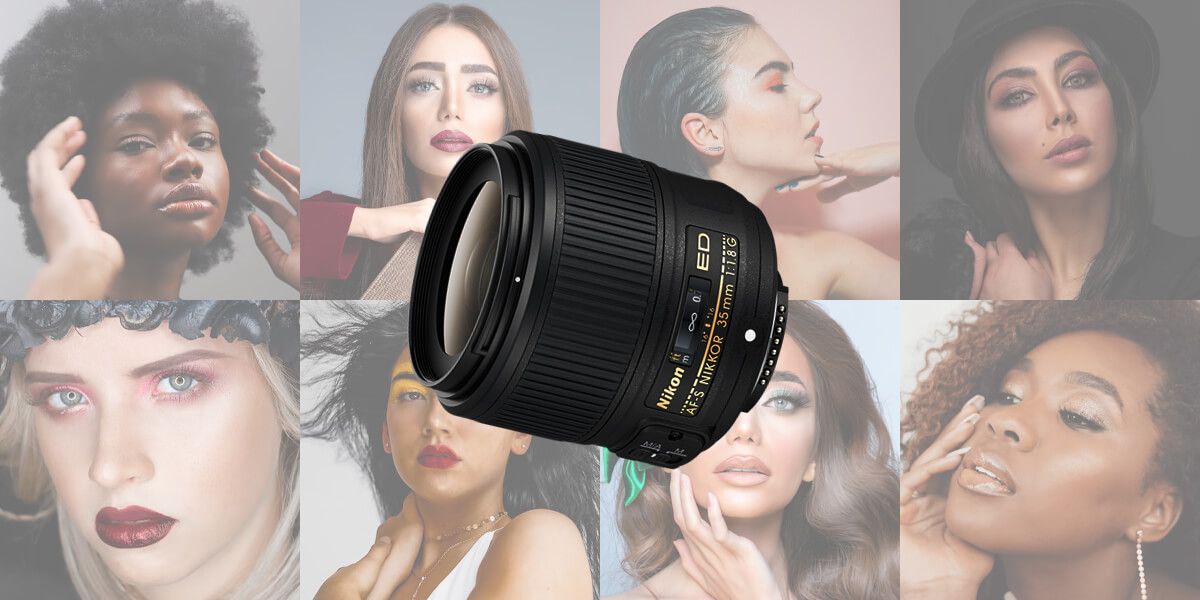
Choosing the best lens for portrait photography is always an individual matter, as this genre implies different shooting conditions. Whether they are shooting full-size portraits, headshots, conceptual or studio shots, portrait photographers prefer varying settings, which in turn requires lenses with different options.
All lenses can be divided into two groups: zoom and prime lenses. The zoom lenses have variable focal lengths that make them versatile. The prime ones have a large maximum aperture and few structural complications. Although they have a fixed focal length, they are the first choice for many photographers. If you’re not sure which lens to choose, find out more about the following models to get a better understanding.
1. Nikon AF-S Nikkor 50mm f/1.8G
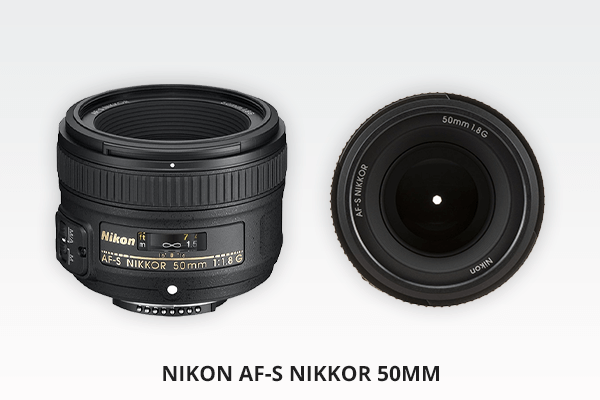
- Type: prime
- Focal length: 50mm
- Focus adjustment: Silent Wave Motor
- Filter size: 58mm
- Minimum focus distance: 0.45m
+ Good price-performance ratio
+ True to original shots
+ Pleasant bokeh effect
+ Good result in low light condition
– No weather seals
– A weak design

Taken by Nikon AF-S Nikkor 50mm f/1.8G
The Nikon AF-S Nikkor 50mm f/1.8G is an excellent lens for portraits, suitable for both beginners and professional photographers. The price of nearly $197 is better than affordable for most. The lens is razor-sharp and focuses quickly. The 50mm focal length is one of the best lenses for headshots, medium shots, and even wider shots with groups.
The wide f/1.8 aperture transforms uneven backgrounds into buttery smooth bokeh, so you don’t have to learn how to add bokeh in Photoshop. The 50mm field of view is great for portraits, providing enough distance from the subject so that it stands out without feeling like it’s being outshone by a longer lens.
2. Canon EF 50mm f/1.2L USM
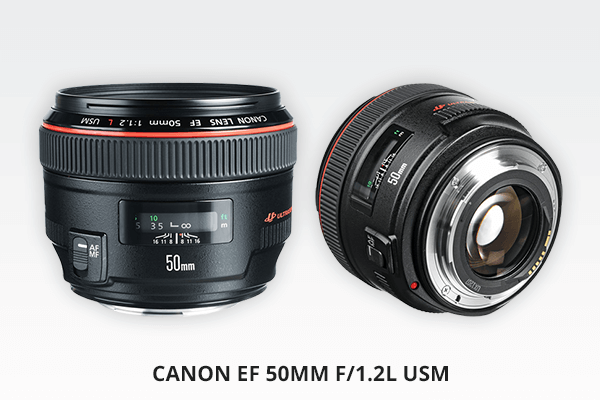
- Type: prime
- Focal length: 50mm
- Focus adjustment: Ultrasonic Motor (USM)
- Filter size: 72mm
- Minimum focus distance: 0.45m
+ Large aperture
+ Weather protection
+ Photo with high contrast
+ Not bulky
– No zooming
– Expensive

Taken by Canon EF 50mm f/1.2L USM
If you need a universal lens for portrait photography purposes of different types, the Canon EF 50mm f/1.2L USM is a very suitable option. It has an extra-wide aperture that makes it usable in difficult conditions where lighting is extremely dim. And its price of $1,399 is exactly in line with its parameters.
And if you prefer an extremely shallow depth of field, you can’t go wrong here. Thanks to the weather sealing, you won’t have to worry about moisture or dust ruining your shots, not to mention the fast and reliable autofocus. You’ll get razor-sharp images with a pleasant blur in the background.
3. Nikon 105mm f/1.4E ED
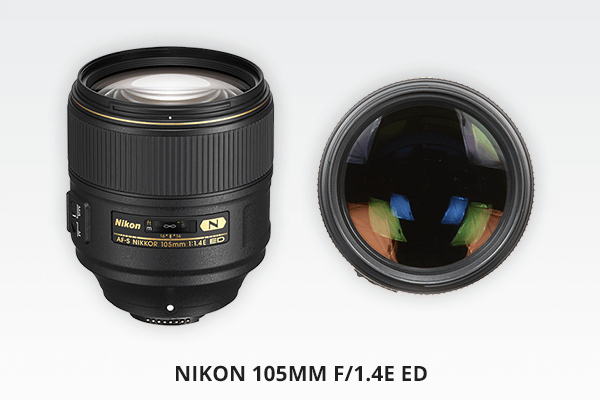
- Type: prime
- Focal length: 105mm
- Focus adjustment: Autofocus
- Filter size: 82mm
- Minimum focus distance: 1.0m
+ An ideal combination of focal length and large aperture
+ Exquisite background blur
+ Minimum of chromatic aberrations
+ Professional quality
– Pricey
– For limited purposes
– Bulky and heavy

Taken by Nikon 105mm f/1.4E ED
The Nikon 105mm f/1.4E ED is one of the top-shelf lenses for portrait photography, used by professionals who need super-sharp images when shooting close-ups. Due to the 105mm medium telephoto focal length, you can take the finest close-ups without getting up close and personal with your model.
The price is a bit high at $1,896. However, it is considered one of the fastest lenses for portrait photography, allowing you to create pictures of professional quality with minimal effort. The advantage of this lens resides in the fact that artifacts, such as chromatic aberration, remain well-controlled even at the widest aperture.
4. Canon EF 85mm f/1.8 USM
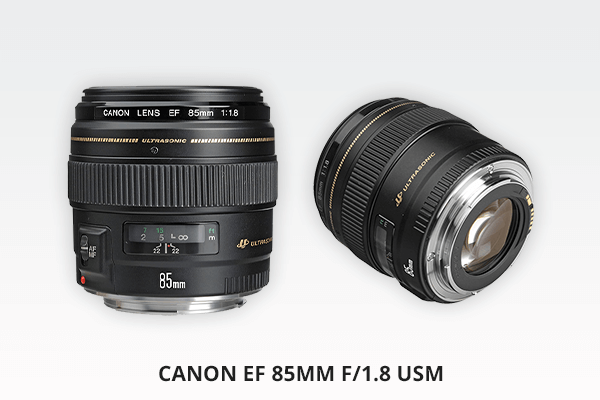
- Type: prime
- Focal length: 85mm
- Focus adjustment: Ring-type ultra-sonic monitor (USM)
- Filter size: 58mm
- Minimum focus distance: 0.85m
+ Built-in image stabilization
+ Universal for different shooting angles
+ Good weather sealing
+ Beautiful background blur
– The model must be completely immobilized
– Not suitable for poor lighting conditions
– Not zoomable

Taken by Canon EF 85mm f/1.8 USM
If you want to shoot various portraits, use the Canon EF 85mm f/1.8 USM. The 85mm focal length is perfect for medium shots, including full-body and group photos like mom and son photoshoot ideas. This lens is also suitable for beginners, thanks to its parameters and price of only $499.
An essential advantage of this lens for portrait photography is its built-in image stabilization, which is extremely practical when holding it handheld at slow shutter speeds. This is a good option if you need to shoot in harsh conditions, as it comes with appropriate weather sealing and has a rugged body.
5. Nikon 70-200mm f/2.8
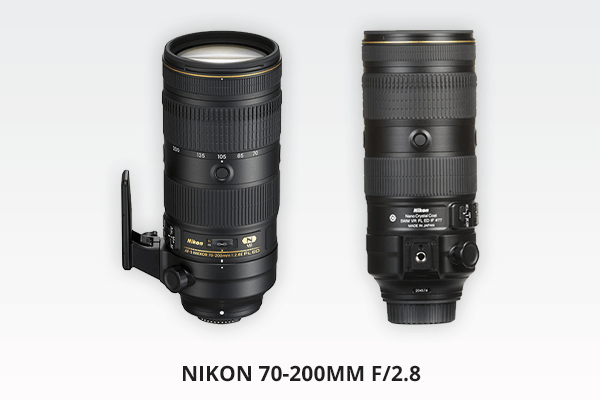
- Type: zoom
- Focal length: 70-200mm
- Focus adjustment: Autofocus
- Filter size: 77mm
- Minimum focus distance: 1.1m
+ Wide focal length range
+ Lightweight
+ Compatible with other Nikon lenses
+ Flawless focus
– Pricey for beginners
– Requires skills in using different focal lengths
– Slight vignetting

Taken by Nikon 70-200mm f/2.8
The Nikon 70-200mm f/2.8 helps you capture a flattering portrait throughout the focal range, and the fixed f/2.8 aperture allows you to shoot in low light and/or turn out-of-focus elements into mush. The current price of this portrait lens is $1,896, which is a bit high for most but a good investment if you want to shoot different portrait types.
The lens’ characteristics make it perfect for low-light shooting, universal for studio or other work. AF tracking has also been improved, especially for notoriously difficult subjects with unpredictable or creeping movements, such as when implementing snow picture ideas, subjects moving at random speeds, and subjects approaching the camera very fast.
6. Sony 85mm f/1.8 FE
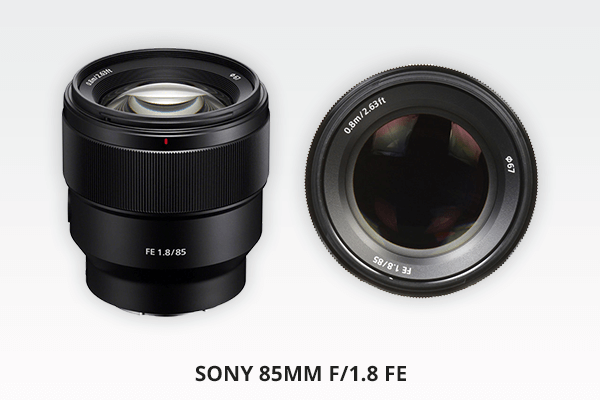
- Type: prime
- Focal length: 85mm
- Focus adjustment: Double Linear motor system
- Filter size: 67mm
- Minimum focus distance: 0.8m
+ ED glass element for corner-to-corner sharpness
+ Compact and lightweight
+ Universal focal length
+ Easy to set up for different purposes
– Not 100% moisture-resistant construction
– Adjustable focus is not easy for beginners
– No option for image stabilization

Taken by Sony 85mm f/1.8 FE
The Sony 85mm f/1.8 FE offers everything you’d expect from a lens for portrait photography. Excellent sharpness and a beautiful background blur can bring almost any portrait background idea to life, as well as fast autofocus and sealing against dust and moisture. With a price of $598, it’s affordable for any photographer.
The built-in focus lock button is crucial if you want to use the shutter button to pivot while locking focus on the fly (it eliminates the need to focus with the back button). Also, this lens has a ring that allows you to manually change the aperture directly on the lens instead of using a dial on your camera.
7. Canon RF 28-70mm f/2L USM
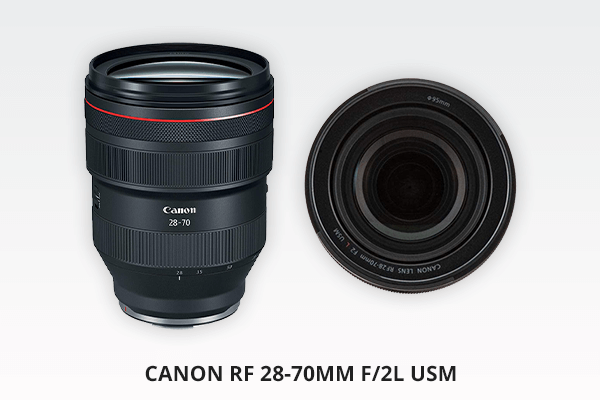
- Type: prime
- Focal length: 28-70mm
- Focus adjustment: Autofocus
- Filter size: 95mm
- Minimum focus distance: 0.39m
+ Extra-large f/2 aperture opening
+ Fast and reliable autofocus
+ Dust and water-resistant with fluorine coating
+ Bright and high-contrast image
– Very expensive
– Narrow field of view
– May be complex for beginners to operate

Taken by Nikon AF-S Nikkor 50mm f/1.8G
Some photographers prefer a wider field of view, while others prefer a lens that is a bit narrower. In that case, the Canon RF 28-70mm f/2L USM is a good option. Designed for Canon mirrorless RF cameras, this lens outperforms most of its competitors thanks to its f/2 aperture instead of the f/2.8 aperture common to similar zoom lenses (albeit with the minimal loss of 28mm at the wide end instead of 24mm).
As you’d expect, it’s enormously sharp at all focal lengths, has fast and reliable autofocus, and even has a control ring that lets you customize settings like aperture and ISO. But not all photographers can afford this lens because its price is really high – $3,099.
8. Nikon AF-S NIKKOR 35mm f/1.8G
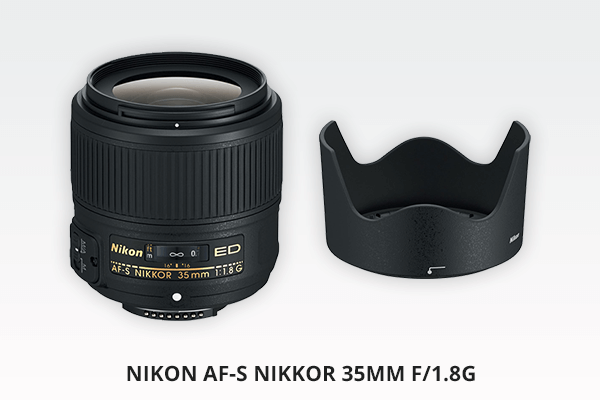
- Type: prime
- Focal length: 35mm
- Focus adjustment: Ultrasonic type AF motor with full-time manual focusing
- Filter size: 58mm
- Minimum focus distance: 0.25m
+ Fast and quiet autofocus
+ Great contrast on photos
+ Minimal distortion
+ Convenient control of depth of field
– Not the best option for nice bokeh
– Somewhat limited options
– Not suitable for professionals

Taken by Canon RF 28-70mm f/2L USM
The Canon RF 28-70mm f/2L USM is a moderate wide-angle prime lens for FX-format SLR cameras. It is suitable for portrait photography styles.
It comes with rapid and quiet autofocus, which is excellent. It’s practical for shooting in low light, and thanks to its lightweight and compact design, you can take the lens with you wherever you go.
Note that you won’t be able to achieve as nice a bokeh effect with this lens as with the other lenses described above, but the $476 price tag doesn’t imply all the options that the best lenses for portraits offer.
9. Nikon Z 85mm f/1.8 S
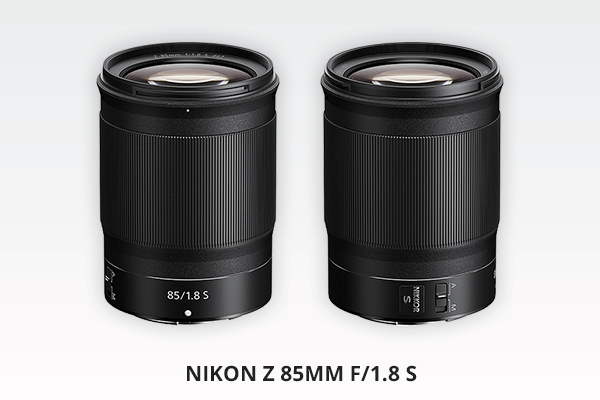
- Type: prime
- Focal length: 50mm
- Focus adjustment: Ultrasonic Motor (USM)
- Filter size: 72mm
- Minimum focus distance: 0.45m
+ Adjustable control ring
+ Glass with extra-low dispersion
+ Great AF
+ Natural, eye-catching bokeh
– No integrated image stabilization
– The maximum aperture is not as bright as some peer products
– Large size

Taken by Nikon Z 85mm f/1.8 S
The Nikon Z 85mm f/1.8 S has everything you’d expect from a lens of this caliber and price range: sharp optics, solid construction, a massive grip for focusing, and good weather sealing – all in a package that’s not too big and won’t weigh you down during long photo sessions.
While it’s true that the f/1.8 aperture isn’t as wide as the Canon 85mm f/1.4 or the Sony 85mm f/1.4, this lens is also much less expensive ($696) and does its job almost as well. It distinguishes itself from similar models described in this article by its nice bokeh effect, and the transition from sharpness to blur is very smooth.
What Focal Length to Choose for Portraits?
This article describes many lenses with different focal lengths. But which options are better for different types of portraits?
35mm
The 35mm lens is usually the most comprehensive lens used for portraits. Many photographers claim that the 35mm lens is too wide. As it is wide, the lens is ideal for group portraits, and you will use it in family photos, love stories, children’s photos, etc. Family picture photographers often choose this type of lens
50mm
The 50mm lens is one of the best lens sizes for portraits. It offers a well-balanced “medium” focal length that meets the needs of medium shots and close-ups. Because they are universal, such lenses are great for beginners, especially if you choose a 50mm lens with an f/1.2 aperture to get terrific perspective with a shallow depth of field.
85mm
Most professional photographers swear that 85mm is the best camera lens for portraits. With it, you can shoot photos at a faster shutter speed without increasing the ISO. Because of this, your shots will look sharp and not noisy.
Portraits taken in low light with an 85mm lens at f/1.8 look great. Plus, with such a shallow depth of field, you can achieve an excellent bokeh effect.
70-200mm
If you want to play with focal length and shoot from a long-range distance, you’ll need a lens with a focal length longer than 85mm. But as I said, the consensus is that focal lengths between 50 and 85mm are the best choice for portraiture. That said, 70-200m zoom lenses offer ample flexibility.
When you shoot with a telephoto lens, the subject is compressed, and the background appears more blurred. This effect can be achieved even more by increasing the aperture.
- Weedit.Photos Blog
- Photo Equipment Reviews
- 9 Best Lenses for Portrait Photography Indoors & Outdoors
